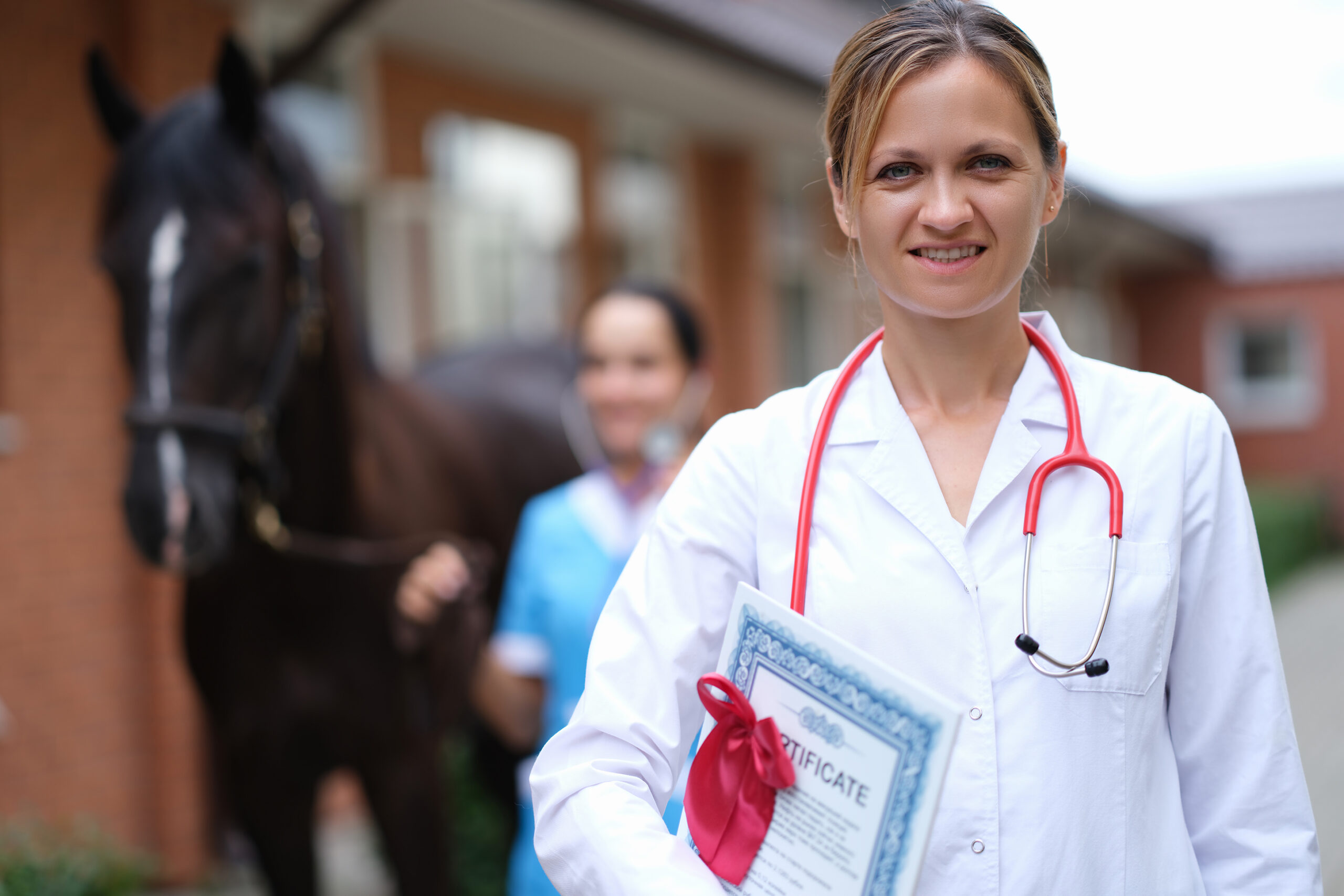BETTER advice for dog owners and breeders will do more to tackle the welfare problems caused by inherited diseases than a reliance on genetic tests, according to speakers at the BVA congress.
Veterinary practitioners will therefore play a key role in efforts to improve the health of pedigree animals but they must approach that task with humility.
Many vets don’t know enough about the genetics and physiological effects of common disorders to be able to offer appropriate guidance, while some even struggle to correctly identify dogs of a particular breed.
Moreover, they must accept that they are not the only source of expertise, build better relationships with dog breeding clients and work in partnership with them.
Border terrier breeder and veterinarian Steve Dean, who is also director of the VMD, challenged some of the misconceptions that have arisen following the screening last year of controversial BBC documentary Pedigree dogs exposed.
He insisted that the Kennel Club and breed societies were not complacent about canine health and were making considerable efforts to eliminate inherited diseases. However, half the pedigree dogs in the country were not registered and many would have been bred by people whose primary concern was profit.
There are also two million non-pedigree dogs in the UK and it is wrong to assume that these are all healthy and free from inherited disease, he said.
Mr Dean said it was easy to criticise the dog breeding community but that did not solve the undoubted problems in a small percentage of the pedigree dog population. He urged veterinarians to develop a better understanding of these issues and take a more active role in dealing with them.
Expertise required
One step that would earn more respect from the dog breeding community would be for vets to develop more expertise in recognising different breeds: far too many members of the profession classify any large, stocky black-and-tan dog as a rottweiler and anything slimmer is judged to be a dobermann, he suggested.
While vets should value the opinions of breeders, they must also stand up to them where necessary. It was essential for any practitioner who has carried out a surgical treatment of defects like entropion to inform the Kennel Club. Breeders of registered dogs have signed a disclaimer that should eliminate any client confidentiality issues, Mr Dean pointed out.
Equally, vets should be prepared to argue against unnecessary surgical procedures. “How do we know if a bulldog is able to whelp normally if the breeders never allow them to try?”
Mike Herrtage, professor of small animal medicine at Cambridge University, agreed that there was inadequate knowledge of how to deal with inherited disease in many practices and there was a need for better education in this area.
There was also a need to make better use of available tools rather than waiting for the veterinary geneticists to come up with new diagnostic tests.
There are now about 30 such tests available in the UK but as well as being expensive they are not always terribly effective. It is increasingly evident that many conditions previously believed to be simple autosomal recessive conditions are much more complicated multigenic diseases and that the expression of the relevant genes is heavily influenced by environmental factors.
Instead of “putting our heads in the sand and waiting until new tests are available”, practitioners need to offer advice based on existing knowledge.
In the case of diseases such as atopic dermatitis in English setters, the prevalence of disease was greatly reduced in a relatively short period after breeders agreed to stop breeding from animals with any clinical signs. But the results of this policy should be carefully monitored to avoid creating new health problems as a result of a reduced gene pool.
Professor Herrtage believed that the BVA health schemes were another valuable means for tackling complex inherited diseases.
Although the eye and hip schemes started in the 1960s, it has only been possible in the past 10 years to properly analyse their impact on the canine population. Under the hip scheme, for example, the rolling means of most of the commonly tested breeds has progressively improved.
He hoped that the scheme would produce even better results from next year when it will become necessary for all animals tested to be permanently identified.
He urged practices to submit radiographs from all puppies, not just those that the clinician believes will be assessed as having a low risk of hip dysplasia.






